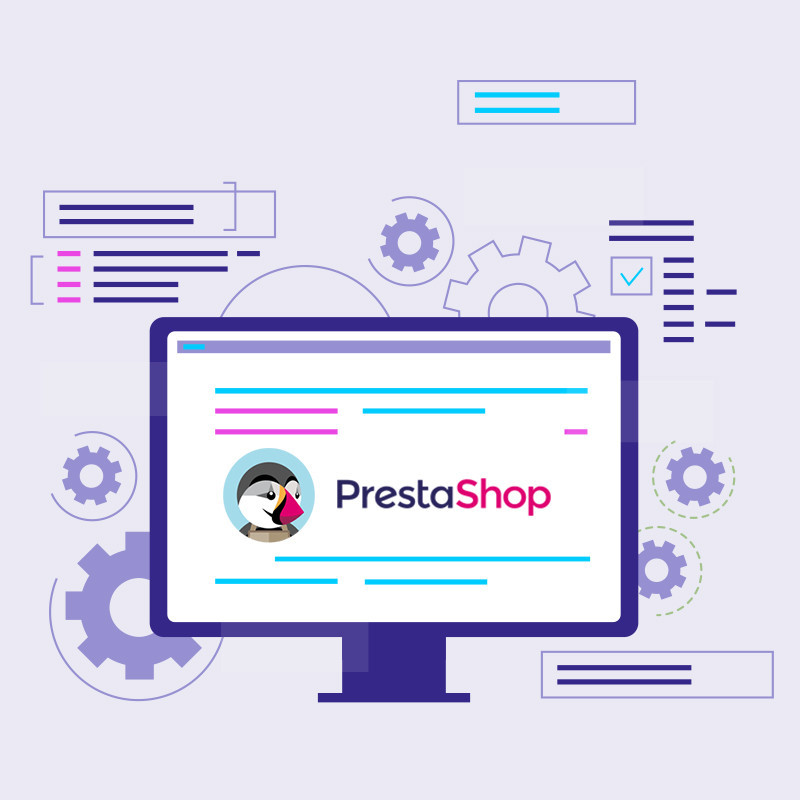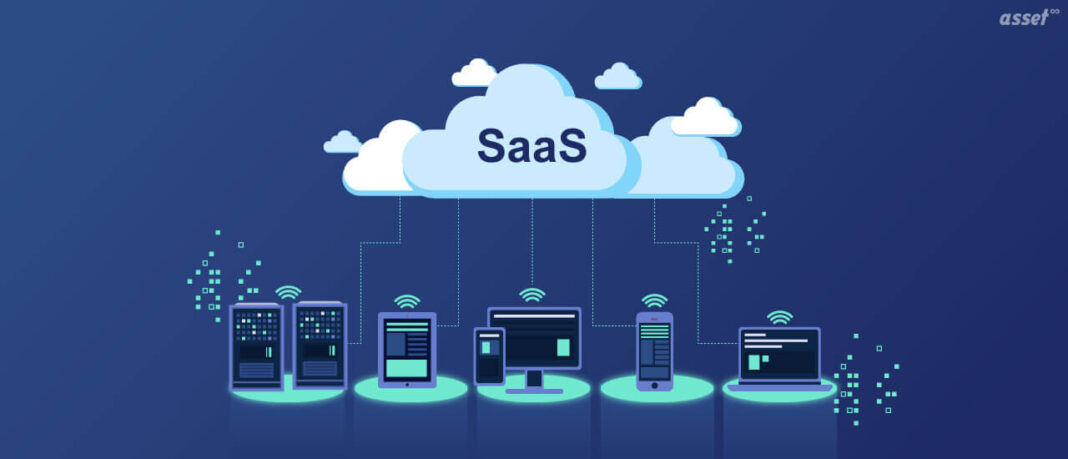SAAS Application Development | Key Focus Areas for Success
SAAS applications have emerged as the unsung hero that drives business with unprecedented growth in the technology world.
But What Fuels Their Success?
It’s all about understanding the focus areas that underpin their development and growth.
SAAS abbreviated as Software as a Service has become synonymous with convenience and accessibility. These cloud-based solutions have revolutionized how businesses operate offering them the power to streamline processes and boost productivity.
However, not all SAAS applications are created equal.
To stand out in this competitive landscape, PrestaShop module development and other SAAS ventures must recognize the pivotal role of focus areas.

Why?
Because these areas are the compass guiding your product to greatness.
Consider this: user-centric design principles can make or break your SAAS. A seamless and intuitive user interface (UI) coupled with a thoughtfully crafted user experience (UX) can turn casual users into loyal advocates.
Beyond aesthetics, scalability and performance are non-negotiable. Your backend infrastructure, whether it’s cloud-based or on-premises, should be robust. Load balancing, redundancy, and optimized databases ensure your SAAS can weather the storm of high demand.
Security and compliance are equally critical. Data protection, encryption, and staying abreast of industry regulations (think GDPR or HIPAA) can earn the trust of users and safeguard their sensitive information.
And let’s not forget agility and continuous improvement. Embrace the agile methodology, integrate DevOps, and establish a feedback loop. These elements transform your SAAS into a dynamic, ever-evolving entity.
Let’s discuss the growing importance of SAAS applications hinges on these focus areas to explain that SAAS isn’t just software but a solution.
Understanding Your Audience
When it comes to SaaS, success hinges on a crystal-clear understanding of your audience. Let’s break it down:
Defining Your Target User Base is the starting point. Who are they? What are their needs, preferences, and pain points? Paint a vivid picture of your ideal user. Are you catering to tech-savvy professionals or simplifying complex tasks for everyday users?
Identifying User Needs and Pain Points goes hand in hand. Dive deep into the challenges your users face. What keeps them awake at night? What daily hassles can your SaaS alleviate? Conduct surveys, interviews, or user testing to unearth those golden nuggets of insight.
Now, here’s where the competition comes into play. Competitor Analysis: What’s Already Out There? Scope out rival SaaS solutions. What features do they offer? What are their strengths and weaknesses? This intel is your secret weapon. It helps you spot gaps in the market and refine your SaaS to outshine the rest.
In this SaaS arena, knowing your audience is like having a treasure map, identifying their pain points, and studying competitors is your compass. It’s the savvy route to crafting a SaaS that not only addresses user needs but does so in a way that outshines the competition.
Designing User-Centric Experiences
In the world of SaaS, crafting an exceptional user experience begins with mastering User Interface (UI) Design Principles. Let’s delve into the essentials:
Simplicity and Intuitiveness reign supreme. Your UI should be as intuitive as picking up your morning coffee – users should instinctively know how to navigate. Simplify complex processes, reduce clutter, and ensure every element serves a purpose.
Consistency in Design Elements is your guiding star. A cohesive color scheme, uniform typography, and consistent button styles create a harmonious experience. When elements look and behave predictably, users feel at home.
Mobile Responsiveness is non-negotiable. In an era where smartphones rule, your SaaS must adapt seamlessly to various screen sizes. Whether it’s a desktop, tablet, or phone, users should enjoy a consistent and engaging experience.
But UI is only half the story; User Experience (UX) Considerations complete the picture. Here’s where the magic happens:
A Smooth Onboarding Process is your welcome mat. First impressions count, and a straightforward onboarding process sets the tone for user satisfaction. Simplify registration, offer guided tours, and provide clear value from the get-go.
Streamlined Navigation is your compass. Users shouldn’t get lost in a labyrinth of menus. A well-structured navigation system ensures they reach their destination with ease, fostering a sense of control.
Lastly, embrace Accessibility and Inclusivity. Your SaaS should be a welcoming space for everyone. Incorporate features like screen readers, alt text for images, and keyboard navigation. Accessibility isn’t just a nice-to-have; it’s a necessity.
In essence, your SaaS’s success hinges on these UI design principles and UX considerations. Make simplicity, consistency, responsiveness, and inclusivity your allies, and watch your user base thrive.
Scalability and Performance
In the complex landscape of SaaS development, your backend infrastructure is the hidden powerhouse that fuels your success. Let’s dive into the critical elements:
First off, you’ve got to decide between Cloud-Based vs. On-Premises Solutions. The cloud offers scalability and flexibility, while on-premises provides control but demands hefty hardware investments. Choose wisely based on your SaaS’s unique needs.
Load Balancing and Redundancy are your insurance against downtime. Distribute traffic evenly across servers, and if one falters, redundancy steps in to keep the show running. Users crave reliability, after all.
Database Design and Optimization is the backbone of your data management. Choose the right database system, optimize queries, and maintain data integrity. A well-tuned database keeps your SaaS humming.
But here’s where the rubber meets the road: Performance Monitoring and Testing. Vigilance is key.
Start with Load Testing. Push your SaaS to the limits to uncover bottlenecks. Can your system handle the load during peak usage?
Next, fortify your defenses with Security Vulnerability Scanning. Identify weaknesses before cyber-criminals do. Stay ahead of the game in the relentless battle for data protection.
Lastly, never rest on your laurels. Embrace Continuous Optimization. Fine-tune code, refine database queries, and optimize server resources. This ongoing process ensures your SaaS performs at its peak, delighting users with snappy responses.
In conclusion, the backend infrastructure of your SaaS is like the engine of a high-performance car – it must be finely tuned and resilient to navigate the ever-changing digital landscape. Balance, optimize, and secure it to keep your SaaS running smoothly.
Conclusion
In conclusion, the realm of SaaS and PrestaShop module development is a dynamic landscape where innovation is the currency.
As the digital ecosystem continues to evolve, staying ahead means embracing adaptability and ingenuity. Your journey in this arena should be guided by user-centric principles, with a keen focus on simplicity, performance, security, and continuous improvement.
Remember, success in SaaS is not a one-time achievement; it’s an ongoing commitment to refining and enhancing your product.
By prioritizing user needs, optimizing backend infrastructure, and ensuring seamless experiences, you can navigate this exciting terrain and position your SaaS offering for sustained growth and customer delight.
